 In celebration of Black History Month, throughout February, teams across Minor League Baseball are taking a look back at five of the best Black players to suit up for their club.
In celebration of Black History Month, throughout February, teams across Minor League Baseball are taking a look back at five of the best Black players to suit up for their club.
While some of these standout performers went on to long and illustrious Major League careers, others simply had great Minor League careers or, in some cases, just one incredible season that went down as “a year for the ages.”
Here is a look at five of the best Black baseball players ever to suit up for Charlotte Knights.
SAM HORN (1993)

Sam Horn led the power-packed Charlotte Knights with 38 home runs in 1993 — still the most home runs by a player in single-season franchise history. The record has stood for nearly 30 years (the 2023 season will mark the 30th anniversary of Charlotte’s first season as a Triple-A affiliate after previously being a Double-A franchise).
In all, the 6-foot-5 slugger hit .269 with 108 hits, 17 doubles and 96 RBIs in 1993 as a member of the Knights, the Cleveland Indians top affiliate. A 1993 International League All-Star, Horn also led the league in home runs that season and helped guide the Knights to winning the Governors’ Cup in the team’s inaugural year as a Triple-A team. Years later, he was named to the “All Knights Stadium Team” during the team’s final season at Knights Stadium in Fort Mill in 2013.
Originally drafted by the Boston Red Sox in the first round (16th overall) in the 1982 MLB June Amateur Draft, Horn finished with 226 home runs over a 15-year Minor League Baseball career. Horn spent parts of eight seasons in the majors with Boston (1987-89), Baltimore (1990-92), Cleveland (1993) and Texas (1995). He compiled 62 home runs in the majors and 179 RBIs in 389 games played.
BILLY McMILLON (1996-1997)

As a member of the Charlotte Knights in 1996, Billy McMillon took home International League Rookie of the Year honor after leading the league in batting average with an impressive .352 mark. For the season, he finished with 122 hits, 72 runs scored, 32 doubles, 17 home runs and 70 RBI en route to his first of three All-Star nods. He returned to the Knights a season later and became just the second player in Knights history to hit three home runs in a game. McMillon was named to the “All Knights Stadium Team” in 2013 during the team’s final season at Knights Stadium in Fort Mill.
Originally drafted by the Florida Marlins in the eighth round of the 1993 MLB June Amateur Draft, McMillon excelled at Clemson University from 1991-1993. He compiled a career .382 batting average and was a first-team All-Atlantic Coast Conference twice and a first-team All-American once. On October 6, 2012, he was honored for his collegiate achievements and earned induction into the Clemson Hall of Fame.
For his professional playing career, McMillon compiled a career .304 batting average with 1,101 hits, 652 runs scored, 256 doubles, 20 triples, 127 home runs, and 610 RBIs in 992 games over 11 Minor League Baseball seasons. He was a career .310 hitter over 600 International League games with the Knights, Scranton/Wilkes-Barre Red Barons, Toledo Mud Hens, and Columbus Clippers. He captured his second IL batting title in 2000 when he hit .345 with the Mud Hens. Overall, he also appeared in 269 games in the majors with the Marlins (1996-97), the Philadelphia Phillies (1997), the Detroit Tigers, and the Oakland A’s (2001, 2003-04).
McMillon was named to the Charlotte Baseball Round Table of Honor in 2020. McMillon, who is a coach with the Rochester Red Wings this year, has yet to be formally honored for his induction into the Charlotte Baseball Round Table of Honor. The 2020 season was cancelled due to the COVID-19 pandemic and the Knights did not hold a ceremony in 2021. The Knights hope to formally induct McMillon this year.
JASON BOURGEOIS (2007-2008 & 2016-2017)

Jason Bourgeois played for the Knights over parts of four seasons (2007, 2008, 2016, and 2017) and is among the franchise leaders in a number of offensive categories. He is third in hits (404), third in games played (368), third in at-bats (1,397), third in runs scored (191), second in stolen bases (71), and tied for first in triples (12). Bourgeois was named to the All-Knights Stadium Team in 2013 as a member of the Durham Bulls.
Bourgeois made Charlotte Knights history when he singled in the top of the seventh inning of the team’s 9-4 win over the Lehigh Valley IronPigs on Sunday, August 13, 2017 from Coca-Cola Park in Allentown, PA. That single was the 400th of his Charlotte Knights career, which moved him into the exclusive three-member club. Bourgeois, who went 2-for-3 with two runs scored, and two walks on the day, joined Jordan Danks (449) and Joe Borchard (439) as the only members of the Charlotte Knights 400-Hit Club.
Originally drafted in the second round of the 2000 MLB June Amateur Draft by the Texas Rangers, the Houston, TX native played parts of eight seasons in the majors and appeared in 317 games over the course of those seasons. In the minors, Bourgeois played in parts of 18 seasons, appeared in 1,633 games and compiled 1,763 hits.
MARCUS SEMIEN (2013-2014)

Marcus Semien made his Knights debut in 2013 and returned in 2014.
Buren Foster/Charlotte Knights
Originally drafted by the Chicago White Sox in the sixth round of the 2011 MLB June Amateur Draft, Marcus Semien first made his way to Triple-A with the Knights in 2013. In 32 games with the Knights that year during the team’s final season in Fort Mill, SC, Semien hit .264 (33-for-125) with 20 runs scored, 11 doubles, one triple, four home runs, 17 RBIs, and four stolen bases.
A year later, Semien was a key contributor for the Knights, who made their return to Charlotte, NC for the first time since 1988. The team opened Truist Field (then named BB&T Ballpark) on April 11, 2014. Although Semien wasn’t there for Opening Knight, he made his way to Uptown Charlotte in June and quickly excelled on the diamond with the team.
In 2014, the California native began the season with the White Sox, but was optioned to the Knights on June 1. In 83 games with Charlotte before being promoted back to Chicago on September 2, he hit .267 (81-for-303) with 57 runs scored, 20 doubles, three triples, 15 home runs, 52 RBIs, and seven stolen bases. He ended up appearing in 64 games with the White Sox that year — his last in the organization. Overall with the Knights, he appeared in 68 games at shortstop over parts of two seasons and a total of 115 games (2013–14). He hit .266 with 77 runs scored, 31 doubles, four triples, 19 home runs, 69 RBIs, and 11 stolen bases in his career with the Knights.
Since then, Semien has established himself as one of the game’s best players. In 2019, he hit .285 (187-for-657) with 123 runs scored, 43 doubles, seven triples, 33 home runs, 92 RBIs and 10 stolen bases with Oakland. He finished third in American League MVP voting. He signed with the Toronto Blue Jays for the 2021 season and went on to have one of his finest seasons in his career. He hit .265 (173-for-652) with 173 hits, 39 doubles and a career-best 45 home runs and 102 RBIs.
TIM ANDERSON (2016 & 2019 Rehab*)

Tim Anderson quickly made his mark in Charlotte in 2016 and has gone on to win a batting title in the majors with the White Sox.
Laura Wolff/Charlotte Knights
Originally drafted in the first round of the 2013 MLB June Amateur Draft (17th overall pick) by the Chicago White Sox, Tim Anderson appeared in 55 games with the Charlotte Knights in 2016 and hit .304 (75-for-247) with 39 runs scored, 10 doubles, two triples, four home runs, 20 RBIs, and 11 stolen bases. He was promoted from Charlotte to Chicago on June 10, 2016. At the time of that promotion, Anderson was leading the International League in hits (75) and was second in runs scored (39).
Since leaving the Knights for the White Sox, Anderson has become one of the top players in all of Major League Baseball. His career came full circle during the 2019 season when on Sunday, September 29, 2019 — the final day of the regular season — Anderson was crowned as the American League batting champion. The Tuscaloosa, AL native became the first Charlotte Knights product to win the batting title since 2002 (Manny Ramirez). Earlier that season, Anderson appeared in a short rehab stint with the Knights, coming back to the Queen City for the first time since 2015.
In 123 games with the White Sox in 2019, Anderson hit .335 (167-for-498) with 81 runs scored, 32 doubles, 18 home runs, 56 RBIs, and 17 stolen bases. His .335 batting average was the highest in the majors — six points ahead of the National League’s Christian Yelich/Ketel Marte and eight points ahead of New York’s D.J. LeMahieu, who hit .327 to finish in second in the American League.
In 2020, Anderson earned an American League Silver Slugger Award and hit an impressive .322 (67-for-208) with a league-best 45 runs scored, 11 doubles, one triple, 10 home runs, 21 RBIs and five stolen bases in the pandemic-shortened season.
Last year, he picked up where he left off and once again hit over .300 (.309). He was an American League All-Star for the first time in his career and helped the White Sox to the postseason for the second consecutive year.

 In celebration of Black History Month, throughout February, teams across Minor League Baseball are taking a look back at five of the best Black players to suit up for their club.
In celebration of Black History Month, throughout February, teams across Minor League Baseball are taking a look back at five of the best Black players to suit up for their club.



 In celebration of Black History Month, throughout February, teams across Minor League Baseball are looking back at five of the best Black players to suit up for their club or play for a team within its market.
In celebration of Black History Month, throughout February, teams across Minor League Baseball are looking back at five of the best Black players to suit up for their club or play for a team within its market.



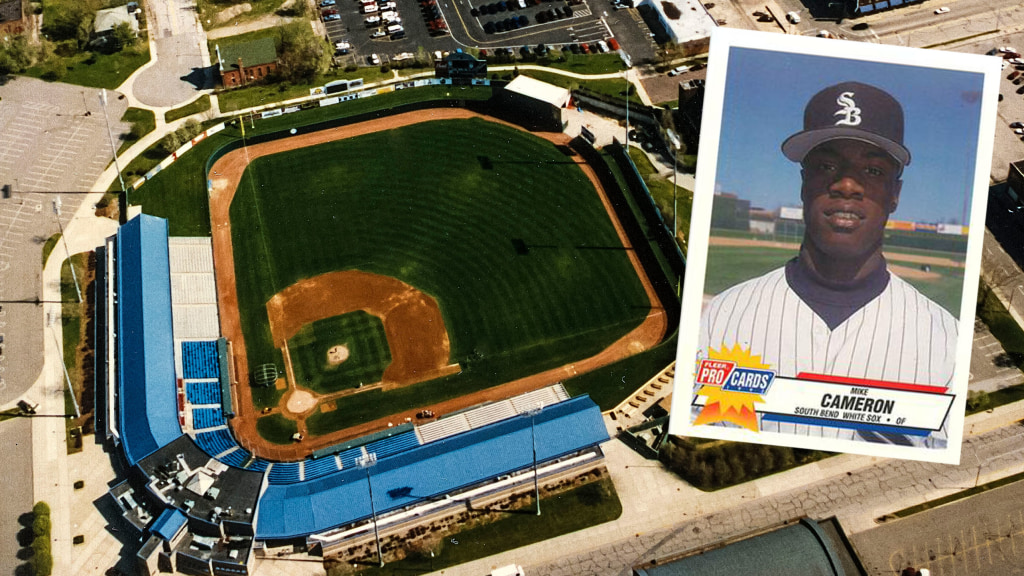
 South Bend has a long history of getting players to the big leagues and in honor of Black History Month and Minor League Baseball’s “The Nine” initiative (which is a Black-community focused outreach platform designed to honor and celebrate the historic impact of Black baseball pioneers made on the sport) here’s our look at the top five Black players in our franchise history to make it to the MLB.
South Bend has a long history of getting players to the big leagues and in honor of Black History Month and Minor League Baseball’s “The Nine” initiative (which is a Black-community focused outreach platform designed to honor and celebrate the historic impact of Black baseball pioneers made on the sport) here’s our look at the top five Black players in our franchise history to make it to the MLB.
 In celebration of Black History Month, throughout February, teams across Minor League Baseball are taking a look back at five of the best Black players to suit up for their club.
In celebration of Black History Month, throughout February, teams across Minor League Baseball are taking a look back at five of the best Black players to suit up for their club. In celebration of Black History Month, throughout February, teams across Minor League Baseball are looking back at some of the best Black players to suit up for their club.
In celebration of Black History Month, throughout February, teams across Minor League Baseball are looking back at some of the best Black players to suit up for their club.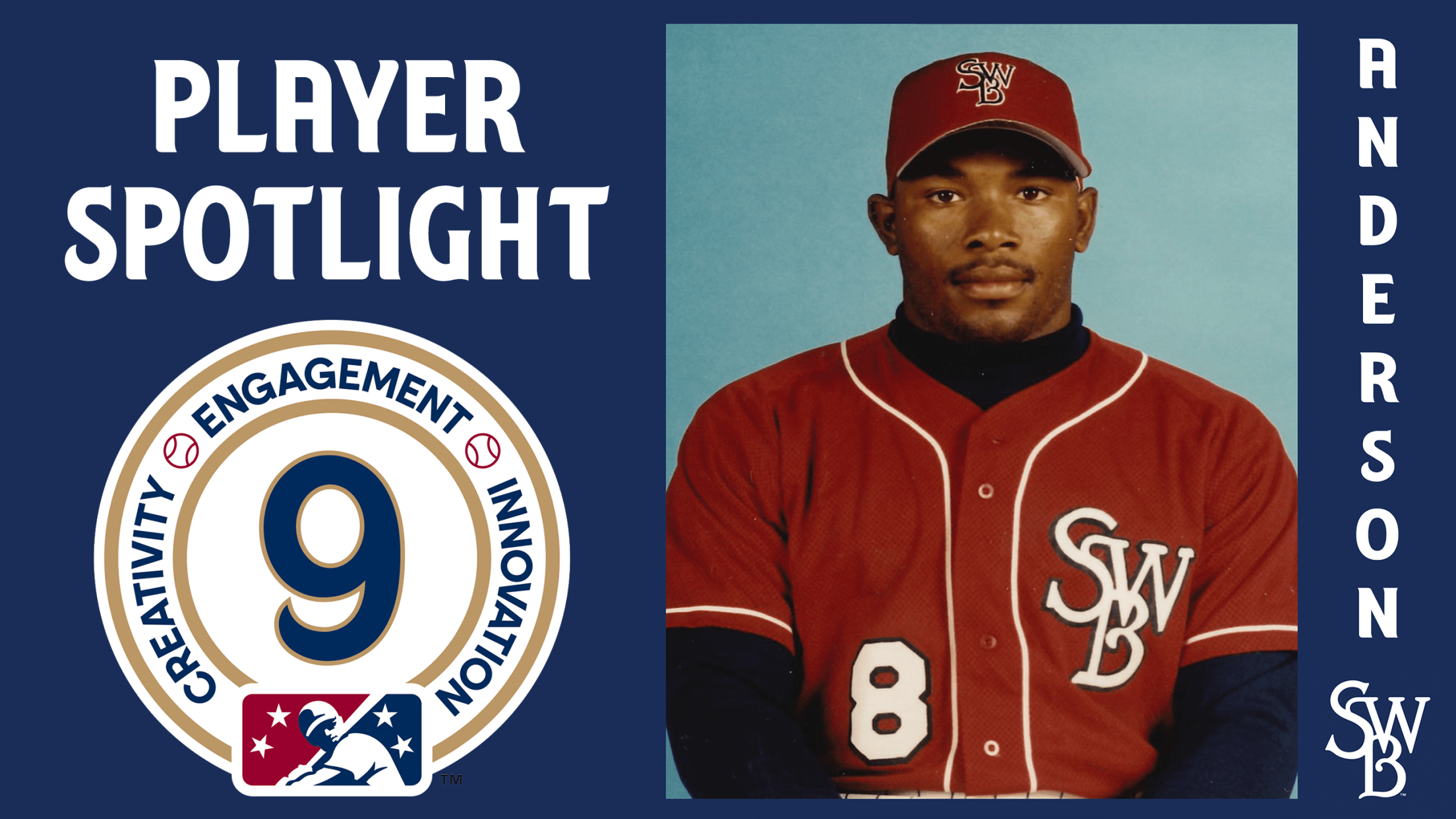
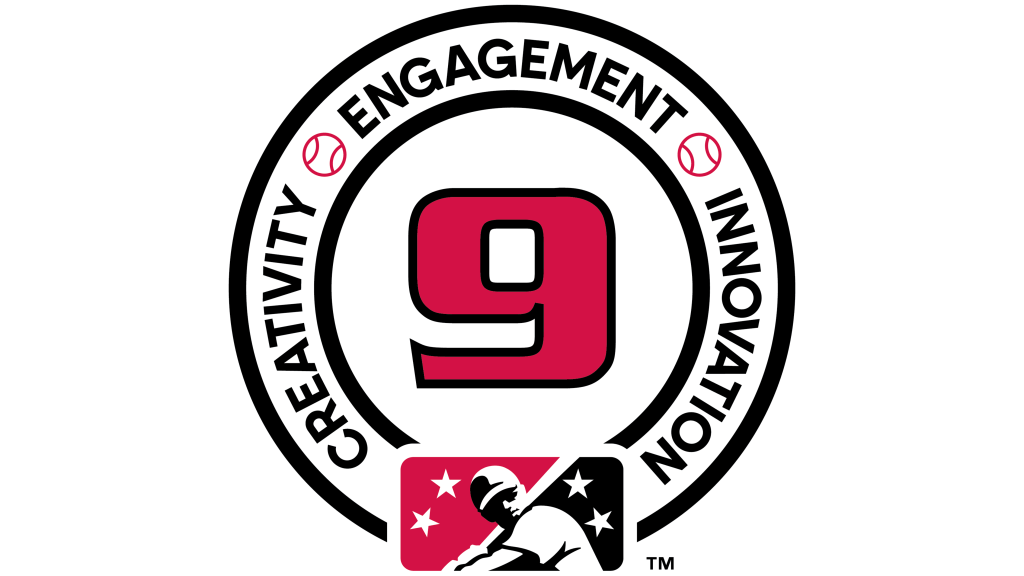
 Minor League Baseball has announced the launch of “The Nine,” a new, Black-community focused outreach platform specifically designed to honor and celebrate the historic impact numerous Black baseball pioneers made on the sport. It’s named for the number Jackie Robinson wore during his only season playing in MiLB with the Triple-A Montreal Royals in 1946. The Albuquerque Isotopes will look back at the rich history of Black ballplayers in the Duke City by highlighting the Top Nine over various eras.
Minor League Baseball has announced the launch of “The Nine,” a new, Black-community focused outreach platform specifically designed to honor and celebrate the historic impact numerous Black baseball pioneers made on the sport. It’s named for the number Jackie Robinson wore during his only season playing in MiLB with the Triple-A Montreal Royals in 1946. The Albuquerque Isotopes will look back at the rich history of Black ballplayers in the Duke City by highlighting the Top Nine over various eras.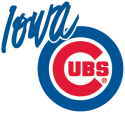 In celebration of Black History Month, throughout February, teams across Minor League Baseball are taking a look back at some of the best Black players to suit up for their club.
In celebration of Black History Month, throughout February, teams across Minor League Baseball are taking a look back at some of the best Black players to suit up for their club.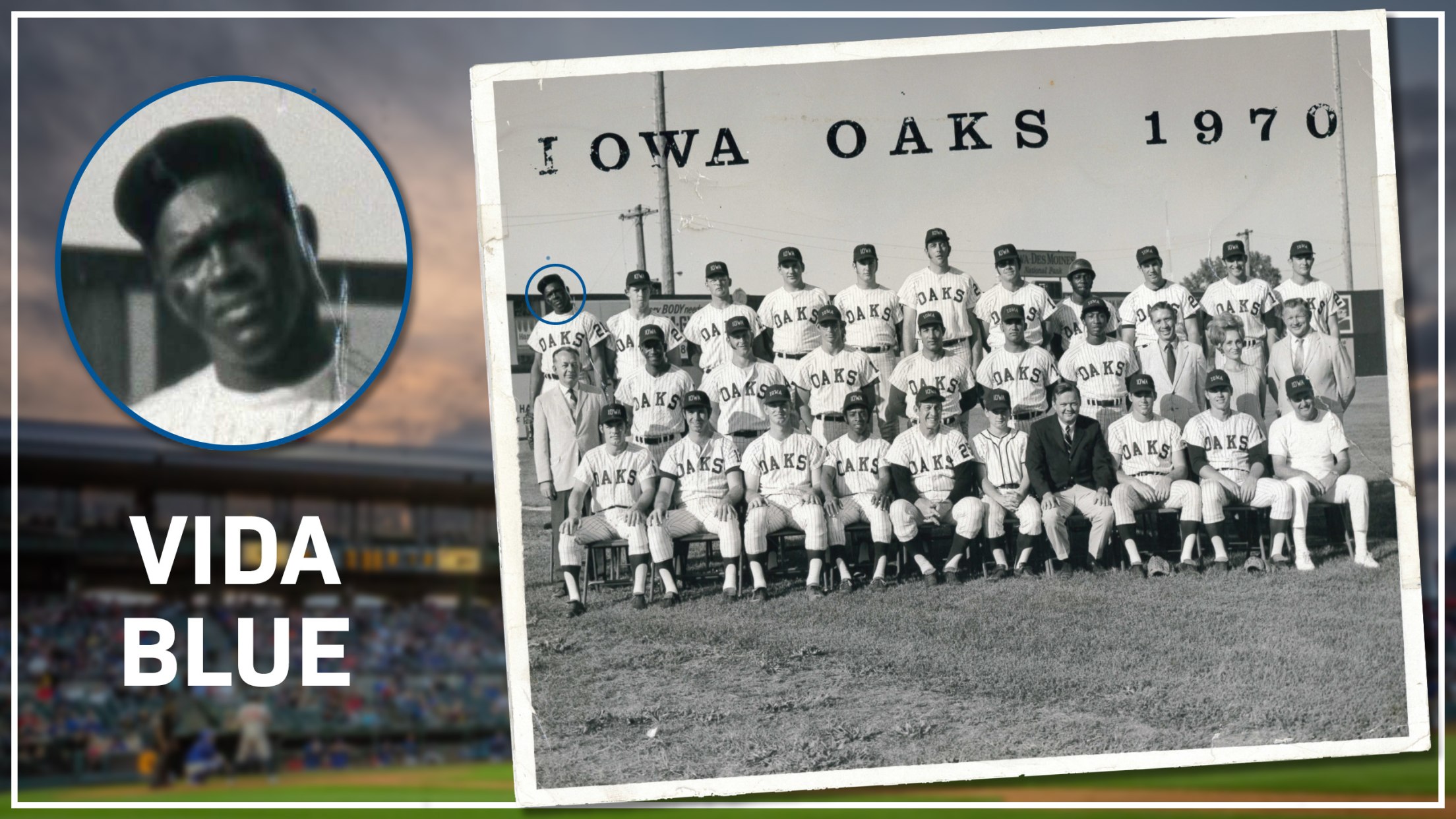

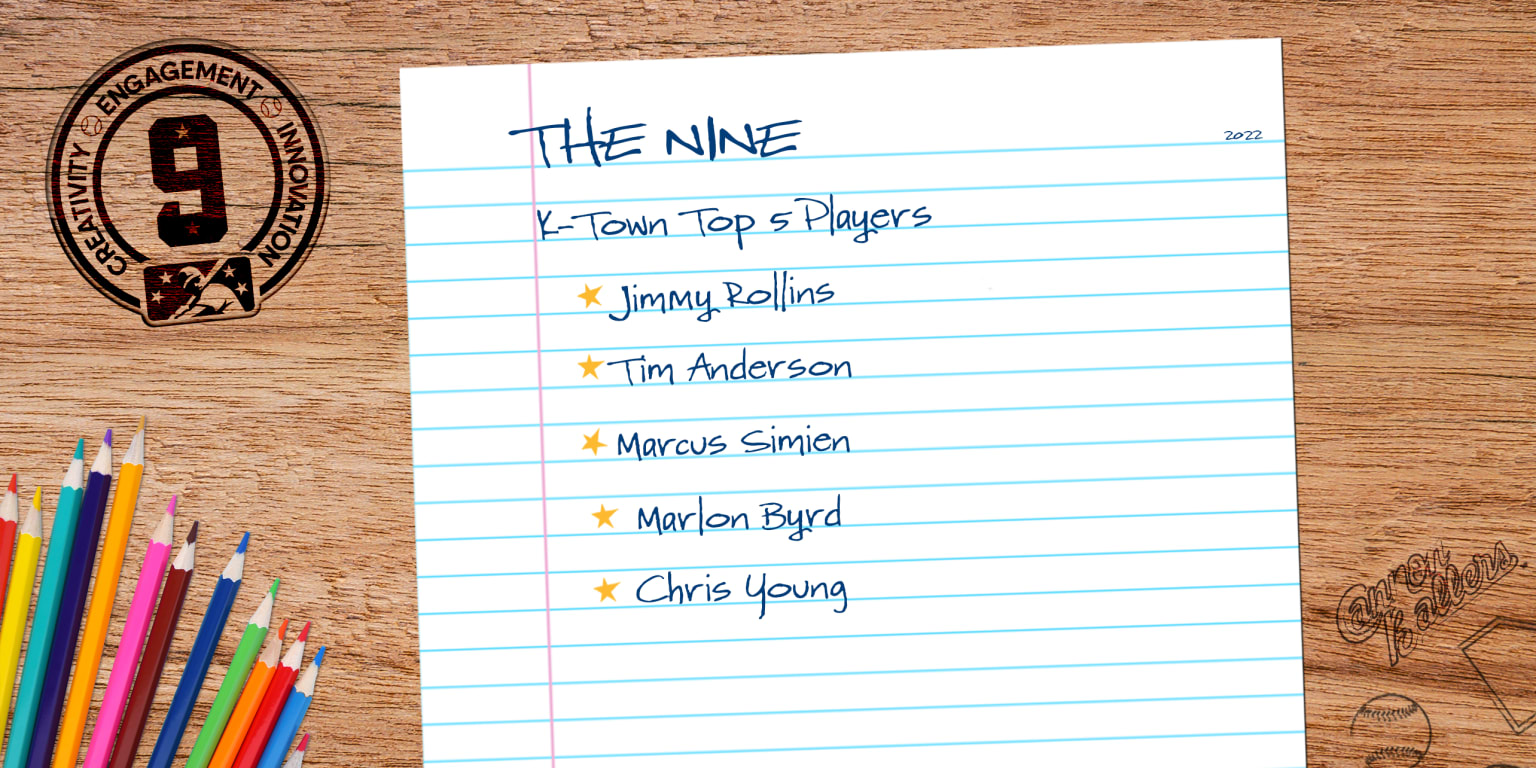
 To honor one of the world’s greatest trailblazers, Hall of Famer Jackie Robinson, the Cannon Ballers have created a list of the Top 5 Black Minor League Baseball players that have ever worn a jersey in Kannapolis. Making its debut in 2022, MiLB announced that they created “The Nine,” an initiative that will engage and welcome Black fans, businesses, schools and civic leaders. In 1946, Robinson wore the number nine in his only year at the minor league level. The criteria to make the Top 5 list broke down to the player’s success at the major league level.
To honor one of the world’s greatest trailblazers, Hall of Famer Jackie Robinson, the Cannon Ballers have created a list of the Top 5 Black Minor League Baseball players that have ever worn a jersey in Kannapolis. Making its debut in 2022, MiLB announced that they created “The Nine,” an initiative that will engage and welcome Black fans, businesses, schools and civic leaders. In 1946, Robinson wore the number nine in his only year at the minor league level. The criteria to make the Top 5 list broke down to the player’s success at the major league level.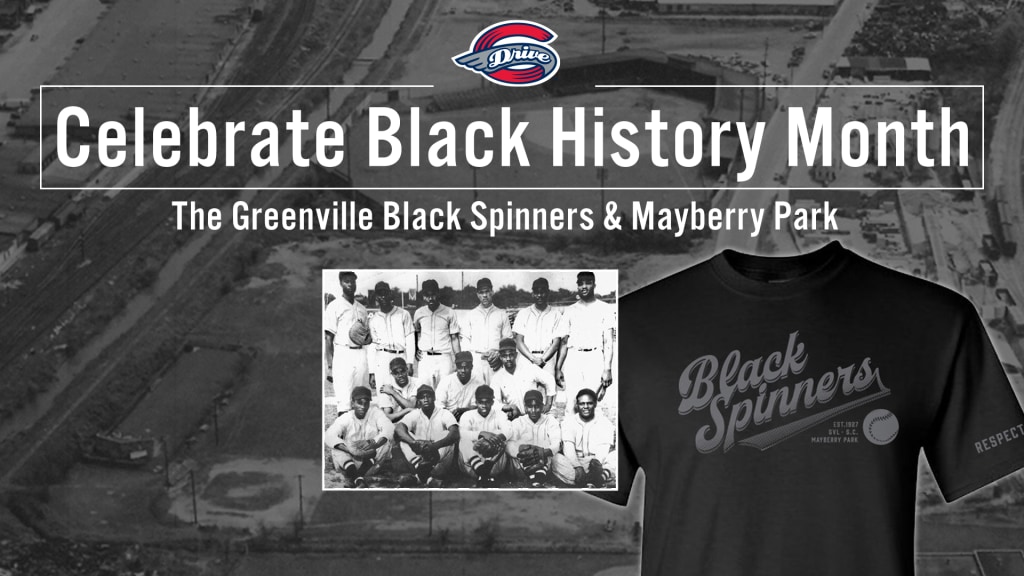
 Greenville and the Upstate region has a rich baseball history. Everyone knows the stories of “Shoeless” Joe Jackson and others, including Tommy Lasorda, Nolan Ryan, and Jim Rice. However, the lesser known stories include the Greenville Black Spinners, St. Anthony’s, and Sterling High School – teams that also utilized Mayberry Park and Meadowbrook Park.
Greenville and the Upstate region has a rich baseball history. Everyone knows the stories of “Shoeless” Joe Jackson and others, including Tommy Lasorda, Nolan Ryan, and Jim Rice. However, the lesser known stories include the Greenville Black Spinners, St. Anthony’s, and Sterling High School – teams that also utilized Mayberry Park and Meadowbrook Park. To celebrate Black History Month, the Columbia Fireflies are joining MLB in naming the top five black players to play baseball in the Midlands region. Columbia has a decorated baseball history that first saw professional baseball in the late 1800’s. The first Major League team to make an official relationship
To celebrate Black History Month, the Columbia Fireflies are joining MLB in naming the top five black players to play baseball in the Midlands region. Columbia has a decorated baseball history that first saw professional baseball in the late 1800’s. The first Major League team to make an official relationship



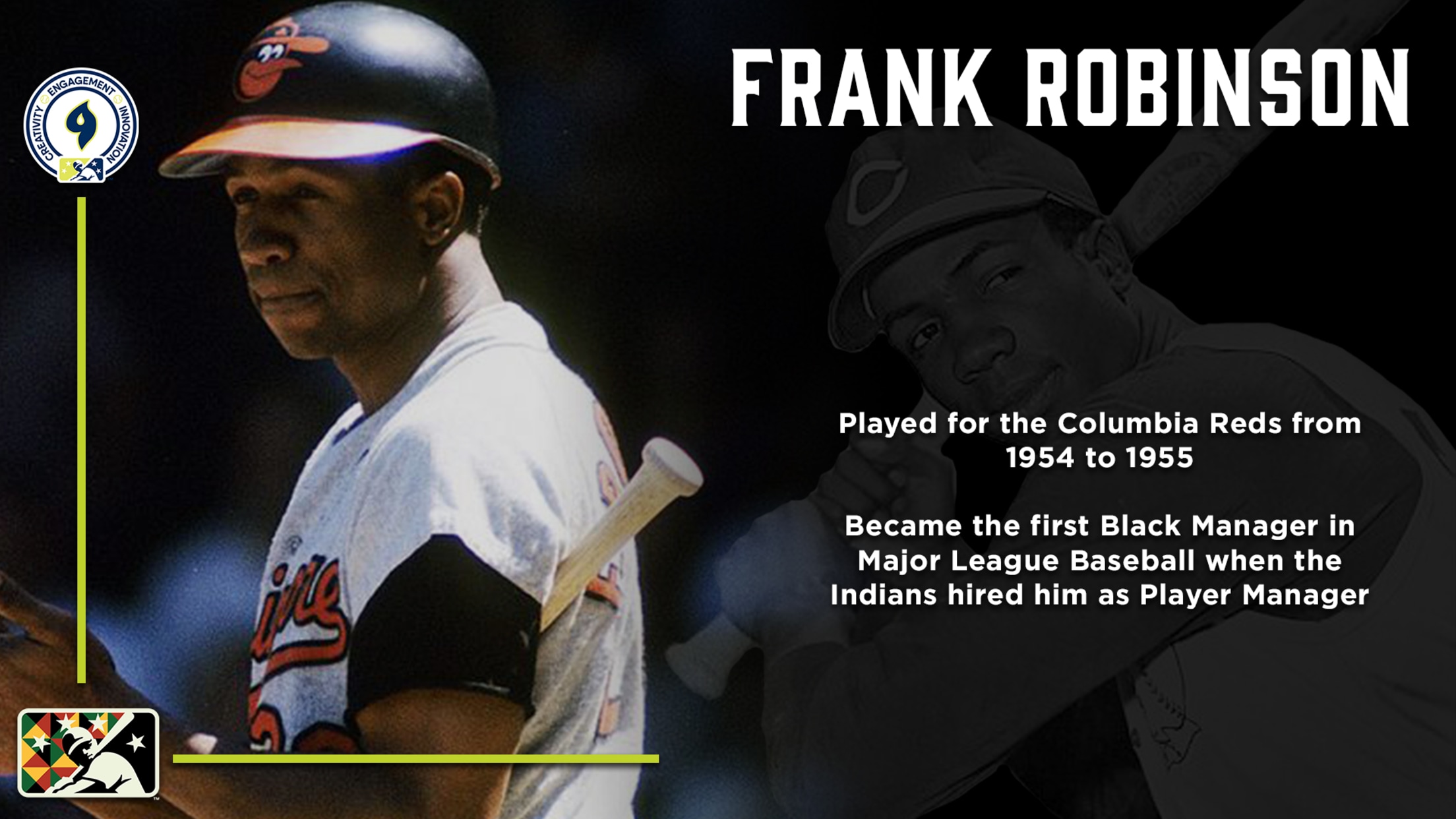
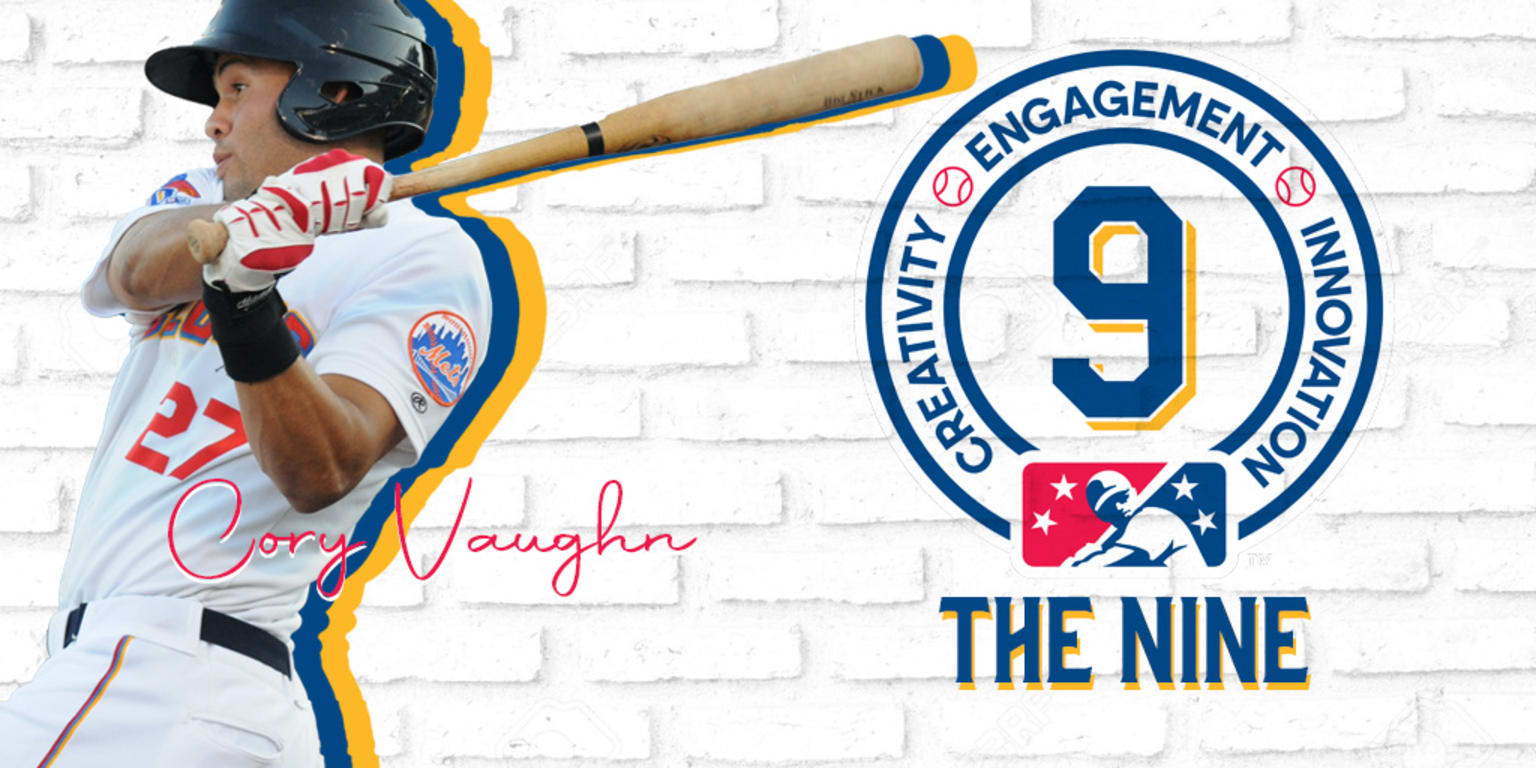
 In celebration of Black History Month, throughout February, teams across Minor League Baseball are taking a look back at some of the best Black players to suit up for their club.
In celebration of Black History Month, throughout February, teams across Minor League Baseball are taking a look back at some of the best Black players to suit up for their club. NEW YORK, NY, Feb. 1, 2022 —Minor League Baseball® (MiLB™) today announced the launch of “The Nine,” a new, Black-community focused outreach platform specifically designed to honor and celebrate the historic impact numerous Black baseball pioneers made on the sport, provide new opportunities for youth baseball and softball participation, further diversify the business of baseball, and embrace millions of passionate fans throughout MiLB’s 120 communities nationwide.
NEW YORK, NY, Feb. 1, 2022 —Minor League Baseball® (MiLB™) today announced the launch of “The Nine,” a new, Black-community focused outreach platform specifically designed to honor and celebrate the historic impact numerous Black baseball pioneers made on the sport, provide new opportunities for youth baseball and softball participation, further diversify the business of baseball, and embrace millions of passionate fans throughout MiLB’s 120 communities nationwide. In celebration of Black History Month and
In celebration of Black History Month and 


